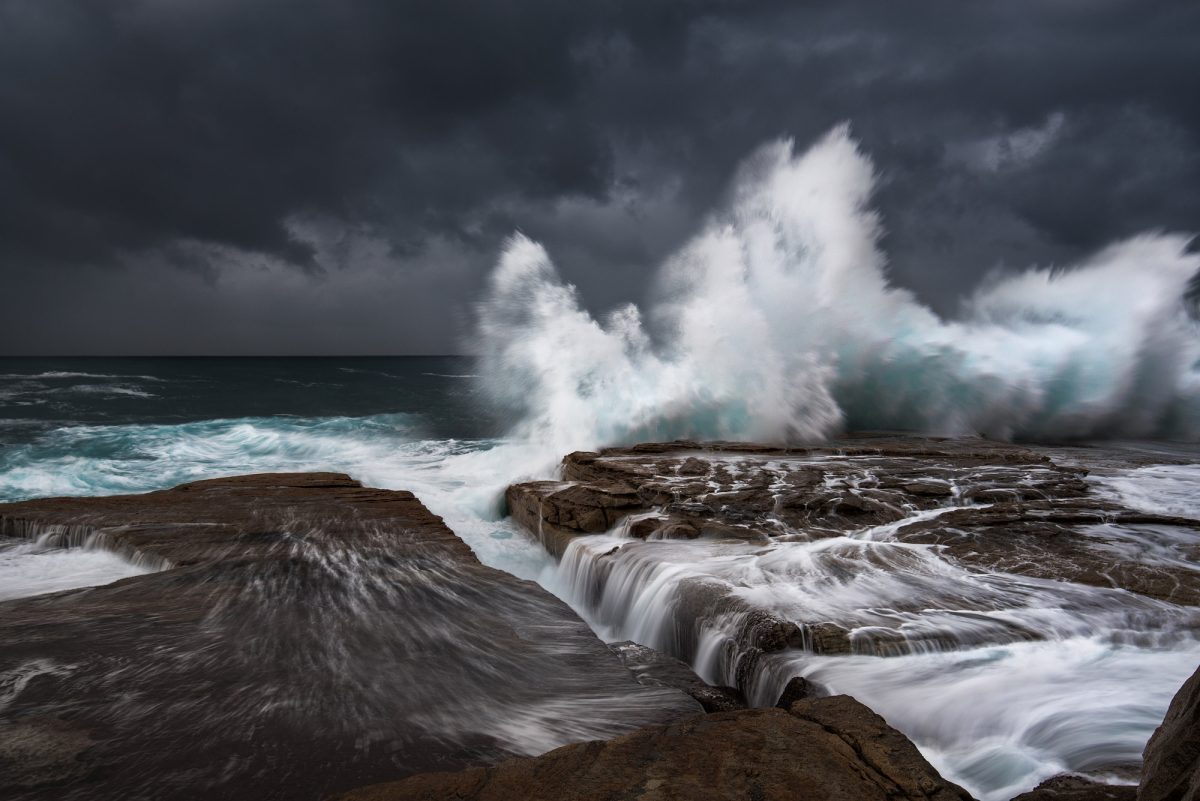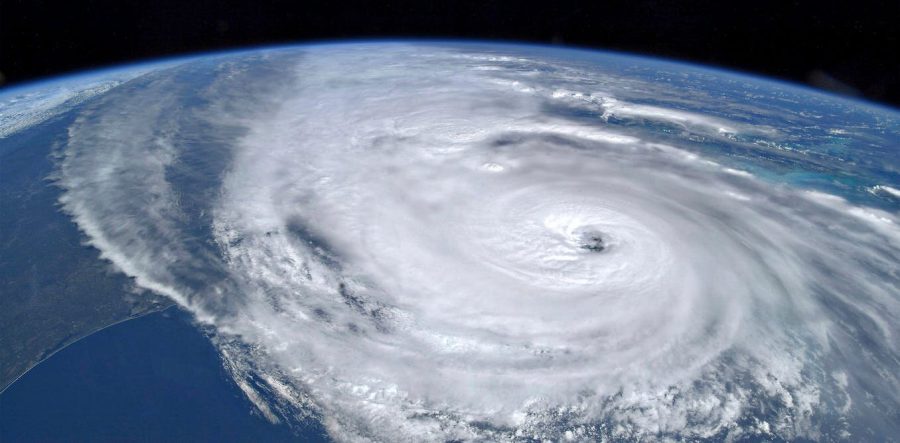Hurricane Havoc
October 14, 2022
Hurricanes are one of the world’s most dangerous natural disasters. When it comes to the strong winds, heavy rains, and storm surge, these storms can cause some serious damage. Climate change continues to have a serious effect on the severity of hurricanes. This issue seems to only get worse, but how and why exactly are these storms changing?
August through mid-November is known as the peak time for hurricanes to form and make landfall. This is because the warm ocean temperatures are in sync with favorable wind conditions which quite literally form the perfect storm. But as climate change progresses, we have seen an increase of storm intensity. According to edf.org, “Evaporation intensifies as temperatures rise, and so does the transfer of heat from the oceans to the air. As the storms travel across warm oceans, they pull in more water vapor and heat.” Storms taking in increased water vapor will result in not only more powerful winds, rain, and flooding, but also much more destruction. The formation of the hurricane is not the only area that is troublesome; the rising sea level is another major area of concern. Land ice is melting and warm water is expanding causing the rising sea level and storm surge to be an increasing area of worry. As stated in the article, “How Climate Change Makes Hurricanes More Destructive”, “With Hurricane Katrina, it was the storm surge that caused the levees to fail, leading to destruction in the New Orleans area. Storm surge was also responsible for an extra $2 billion in damage to New York City after Sandy hit in 2012, according to a Rand report.” Sadly this is just the beginning.
Hurricanes intensifying due to the warming climate is actually old news. The speed at which hurricanes develop has increased since 1980 and the number of major hurricanes has doubled since then. Very recently, Hurricane Ian made landfall as a Category 4 hurricane slamming Florida and the Gulf Coast. This strong storm caused a great amount of damage, and was able to sustain a wind speed of about 155 mph. According to news.un.org, “Climate change is expected to increase the proportion of major tropical cyclones worldwide, and to increase the heavy rainfall associated with these events.” This means that meteorologists expect severe storms like Ian to become more and more common.
Climate change has had a major impact on our world and the way we live. We must adapt to our environment and recognize that this issue will only get worse. During peak hurricane season, we must be prepared for storms that will certainly cause damage.
This graph show the number of named North Atlantic Tropical Storms through the past years

























